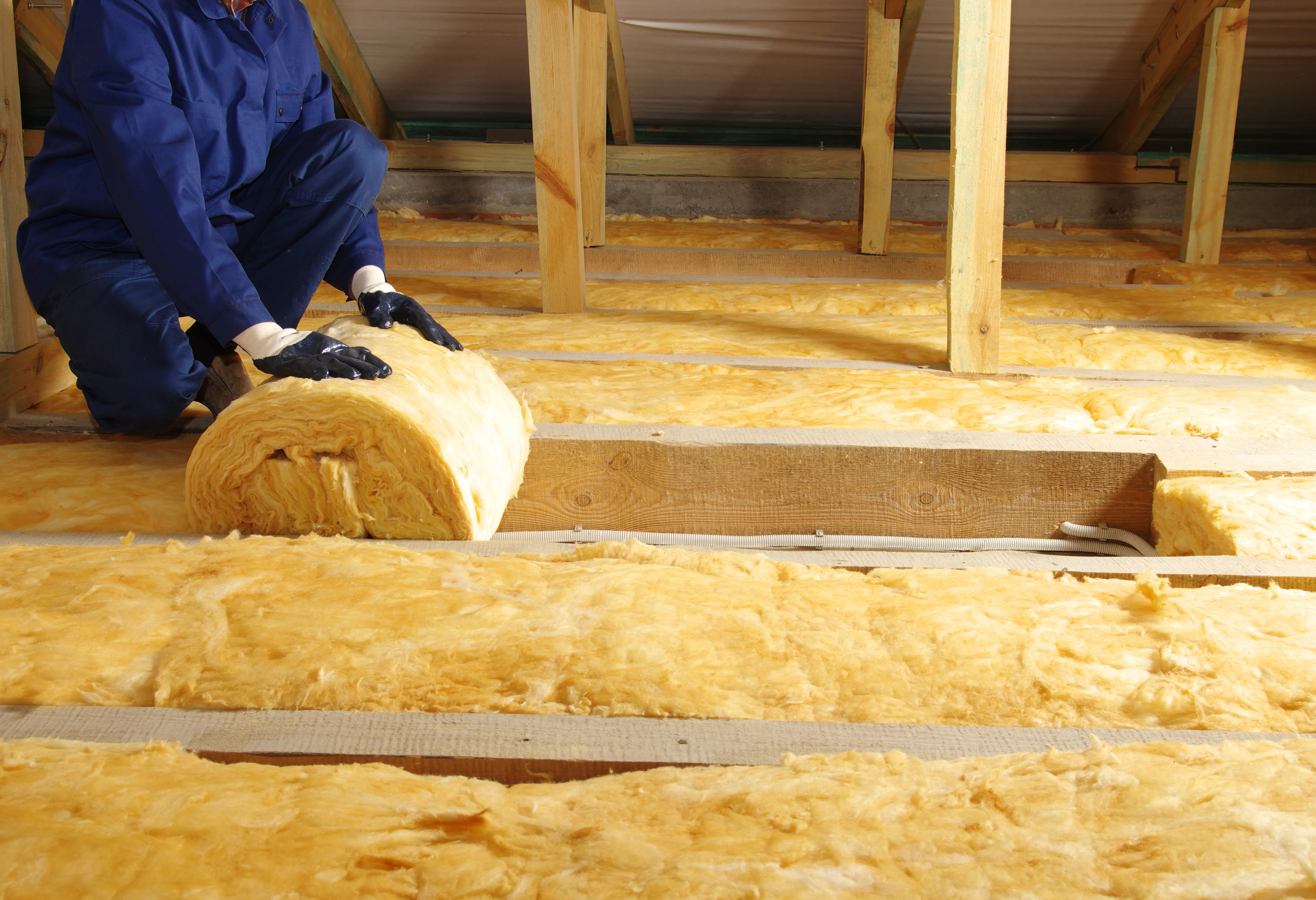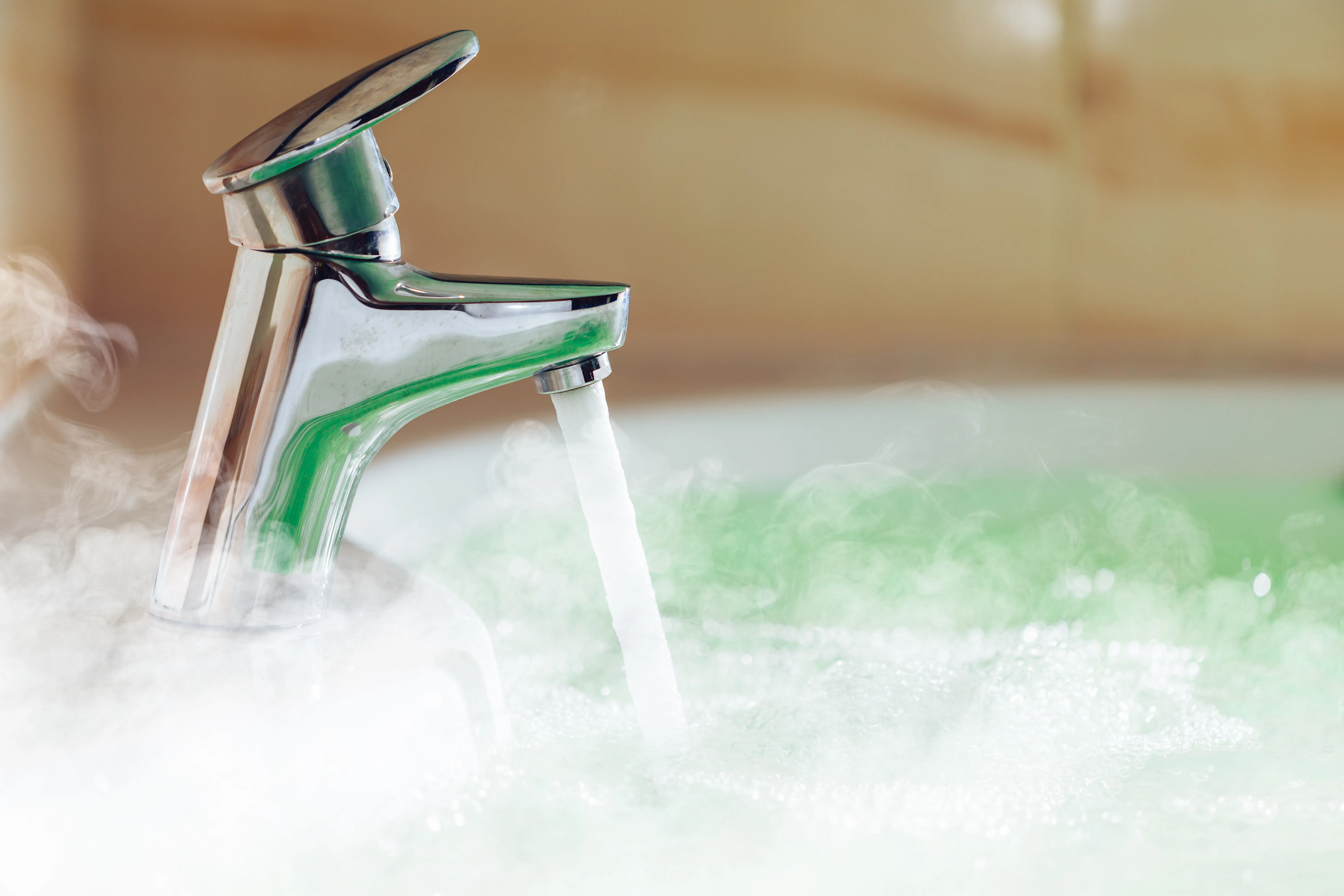
Coming home to a low-carbon future
With energy bills at an all-time high, knowing how to save energy has never mattered more − Energy Saving Trust
The cost-of-living crisis is a strong motivation to think more carefully about how we use energy and where we get it from. And it fits well with making changes to live more sustainably and reduce carbon emissions.
You can make your home more energy efficient in all sorts of ways, from making sure it’s well insulated to investing in energy-efficient appliances.
Four ways to cut your carbon footprint at home
-
upgrade your insulation and draught proofing keep the warmth in and the cold out!
-
do the same for windows and doors check out double or triple glazing
-
explore sustainable heating options anyone for heat pumps and solar panels?
-
take control fine tune your heating with thermostats and automated controls

Insulation is basically anything you use to keep heat in your home and stop it escaping into the open air. There are loads of insulating materials for sale, such as mineral wool and insulation board.
But even an old curtain converted into a draught excluder might do the trick if you just want to stop cold air blowing under your door.
Have a think about these options:
-
cavity wall insulation
-
solid wall insulation
-
double or triple glazed windows and doors
-
floor insulation
-
roof and loft insulation
-
draught proofing
-
replacing old windows and doors
-
insulating hot water tanks
-
putting heat reflector panels behind radiators on external walls
The Energy Saving Trust has loads of good advice.
And remember: you might be eligible for free or cheaper insulation with the government’s Great British Insulation Scheme.
“Having an efficient heating system running on a low-carbon fuel is one of the most important steps you can take to reduce your fuel bills and your carbon dioxide emissions” – Energy Saving Trust
There are loads of sustainable heating options on the market. Some are available with subsidies from the government. Check out these options:
-
Solar panels – capture the sun’s energy and convert it into electricity that you can use in your home.
Here comes the Sun – read our Hart case study on the benefits of solar panels. -
Solar water heating – roof-mounted tubes filled with water and a chemical that helps it capture energy from the Sun to heat water in your home.
-
Heat pumps – they capture heat from outside and move it indoors. The main unit is installed outside your home, usually against an external wall. The Energy Saving Trust has a web page explaining the science behind heat pumps.
Heat pumps breathe life into vision of low-carbon future – read our Hart case study on heat pumps. -
Heat controls – fit temperature controls to every radiator in your house. This allows you to turn down the heat in rooms you don’t use often, so your central heating system uses less energy overall.
-
Boilers – if you don’t think the time’s right to invest in a heat pump and/or solar panels for your home, check if you have the most efficient gas boiler. Your local installer will give you advice if you need to upgrade.
The government offers more general advice on its 'It all Adds Up' webpage.
Next section: Improve your home's energy efficiency


